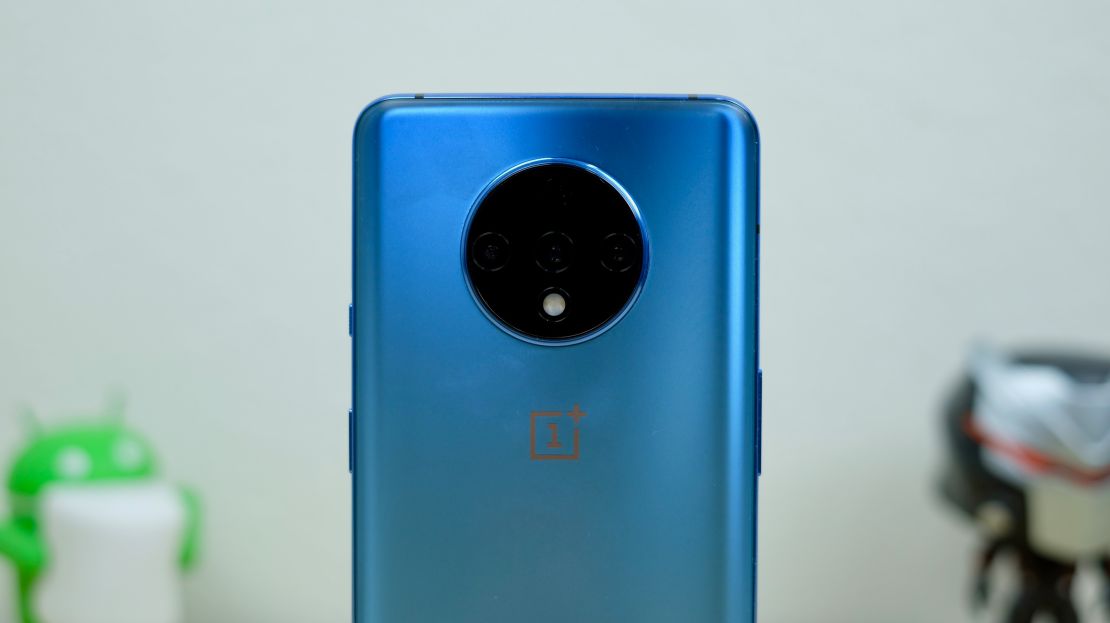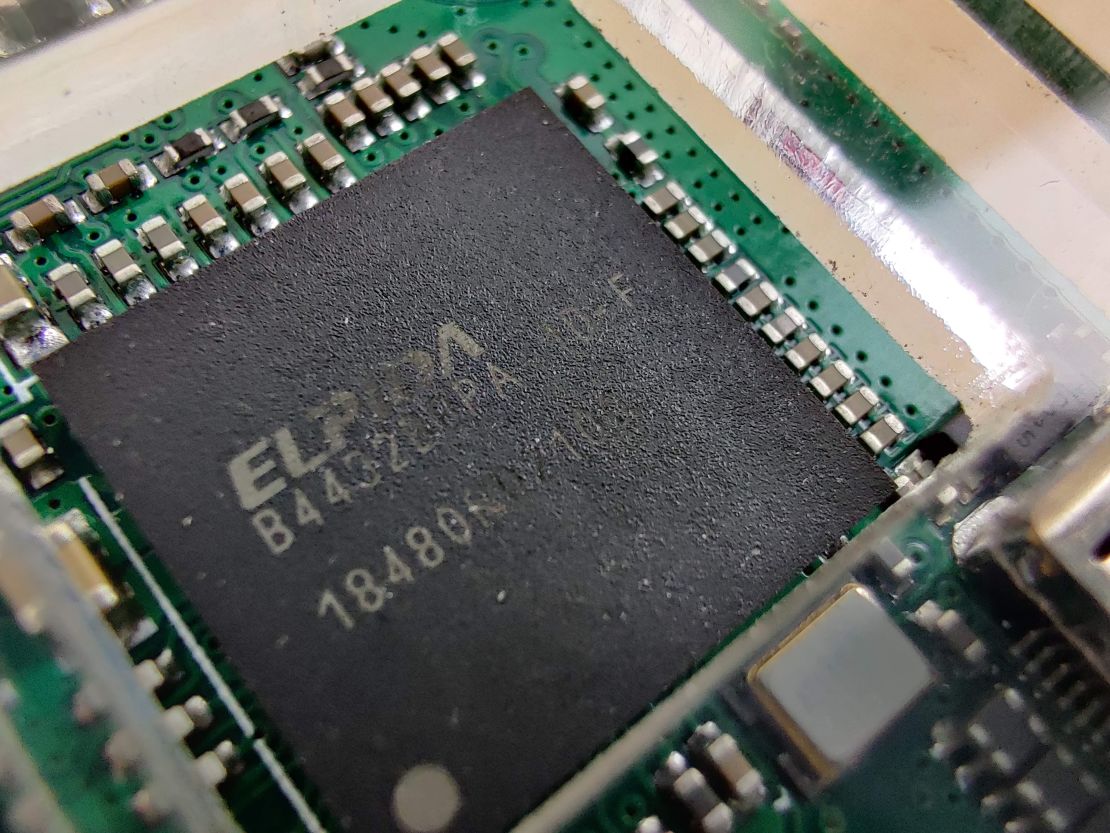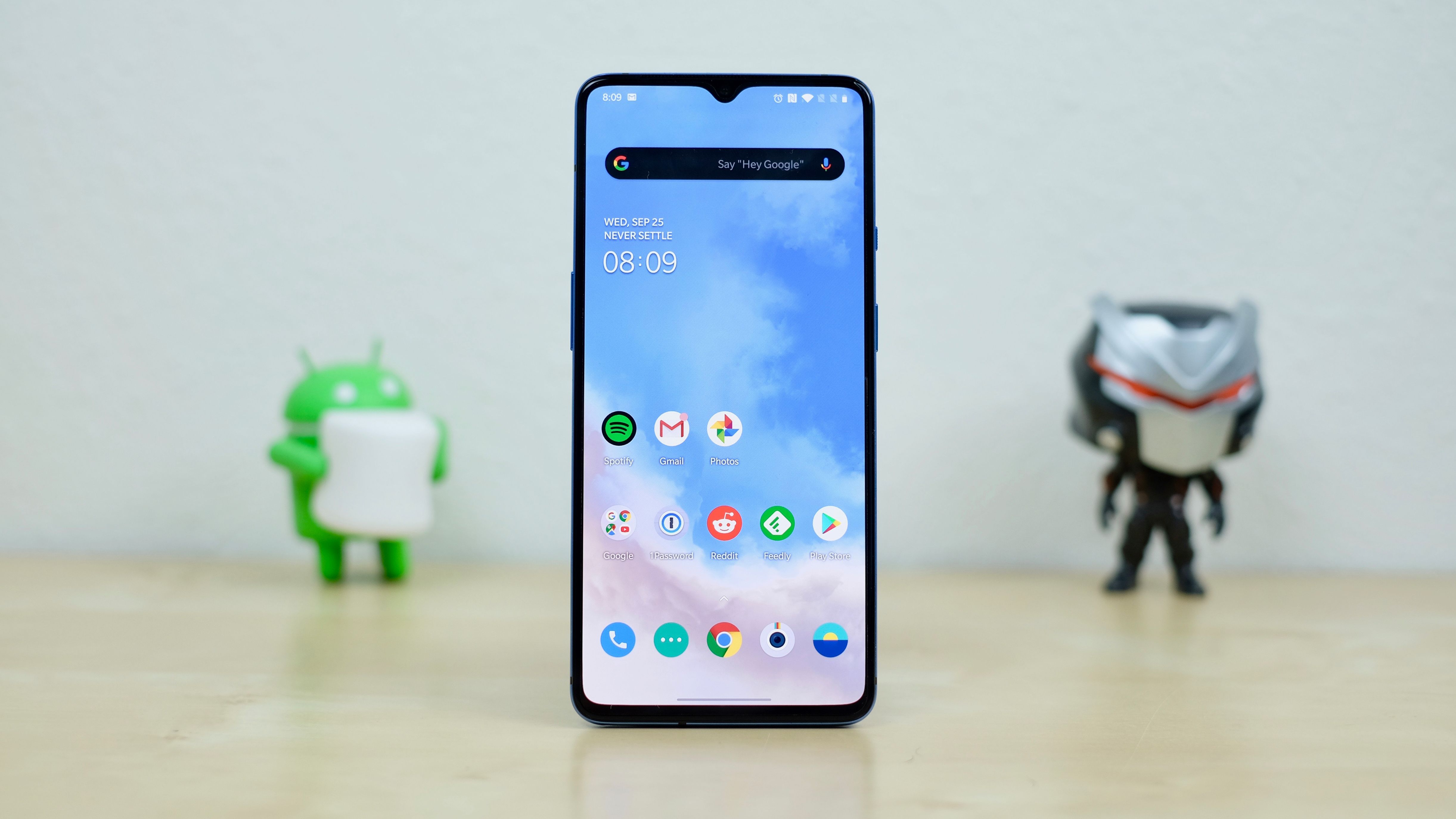OnePlus is back with another Android phone that’s competitively priced and loaded with features and hardware normally reserved for smartphones that push the $1,000 mark. Announced on Thursday via a live-streamed event, the OnePlus 7T starts at $599, comes in Frosted Silver or Glacier Blue, and is the first new phone to run Android 10 out of the box.
I’ve had a review unit for the past few days (it launches on Oct. 18 at OnePlus.com), and while I’m not quite ready to fully review the phone, I will say the OnePlus 7T is one nice piece of tech. It’s well-designed, fast, and the camera’s new macro mode is going to be a ton of fun to use.
And at this price, it’s incredibly appealing.
New design
The OnePlus 7T breaks from the OnePlus 7 Pro’s design, almost entirely. The 7T has a waterdrop cutout centered at the top of the 6.55-inch 90Hz AMOLED display. Most high-end smartphones come with an OLED or AMOLED screen, known for their bright and vivid colors, along with darker blacks that result in lower power consumption. And at 90Hz, the 7T’s display refreshes faster, leading to a smoother visual experience.
It’s also a very long phone, with a 20:9 aspect ratio. The OnePlus 7T is actually a bit shorter than the 7 Pro, but it feels taller to me, especially when using it with one hand. The added height is great for watching videos or playing games when the phone is turned on its side, but it’s a bit of a stretch for my thumbs during normal use.
OnePlus kept the alert slider, located on the right side of the phone, just above the power/wake button. The volume up and down keys are located on the left. It charges via a lone USB-C port on the button, with support for Warp Charge 30T that OnePlus claims will charge the 7T from 0 to 70-percent in 30 minutes. I’m looking forward to officially testing that to see for myself.
Inside, the OnePlus 7T is powered by Qualcomm’s Snapdragon 855+ processor and starts with 8GB of memory and 128GB of storage. The processor features a slight graphics performance boost – roughly 15-percent – from the Snapdragon 855, the processor that’s been used in nearly all Android flagship phones released this year (such as the more recent Note 10). The OnePlus 7T hasn’t felt any snappier in my use so far. Instead, it’s felt on par with the Note 10+.
The phone can be unlocked by using the ultrasonic fingerprint sensor, located near the bottom of the screen. As with most in-display sensors, there’s a bit of a learning curve when adapting to its placement and learning how much pressure to apply, but so far the OnePlus 7T’s sensor has been fast and reliable to use.
New-look Camera

There are three cameras on the back of the phone, arranged inside a circular array. There’s a 48-megapixel main lens, a 12-megapixel telephoto lens, and a 16-megapixel ultra-wide-angle lens.
So far, my favorite camera feature is the new Macro Mode. Activated by tapping a button in the Camera app, Macro Mode can focus on subjects between just 2.5 and 8 centimeters away from the back of the phone. You can get close-up shots of objects that you’d be hard-pressed to get an iPhone or Galaxy phone to focus on. Here’s a macro shot of a Raspberry Pi Zero – it’s crazy.

Similar to the iPhone 11’s Night Mode, OnePlus has Nightscape, which is designed to capture photos in low-light environments using either the ultra-wide or main camera. The handful of shots I’ve captured using Nightscape mode turned out really bad. They look like they’ve been processed with two or three Instagram filters and then had a blur effect added throughout the bottom portion of the shot. I need to keep experimenting, but my initial impression is that there’s more work to be done to make Nightscape a useful feature.
First to Android 10
Google released Android 10 on Sept. 3, updating its own Pixel lineup of phones and providing an update to its hardware partners for them to roll out the update to their own devices. OnePlus is the first company to release a phone running Android 10. As is usually the case, OnePlus has tweaked the operating system with its own proprietary skin called OxygenOS.
OnePlus isn’t forcing users to use Android 10’s gesture navigation, where a common task like going back to the home screen is done via a swipe up from the bottom of the device. Instead, OnePlus is giving users the option to stick with the more familiar button navigation used on Android for years. I opted for gestures only, and so far have been getting around without issue, despite the confusing back gesture that often gets in the way of sliding out an app’s menu drawer from the left side of the screen.
So far, there’s a lot to like about the OnePlus 7T. I’m looking forward to spending more time thoroughly testing it, and hopefully, there are some software updates that improve the camera’s low-light mode.
You’ll be able to order the OnePlus 7T on Oct. 18 through the OnePlus website.
Note: The prices above reflect the retailer’s listed price at the time of publication.
